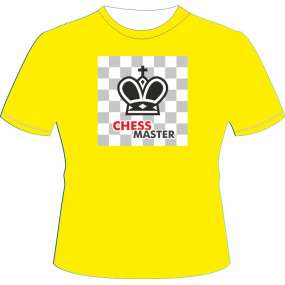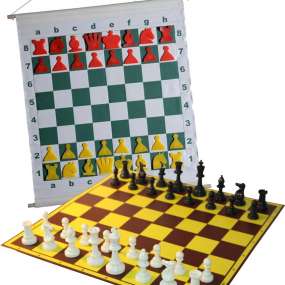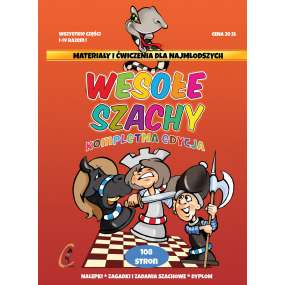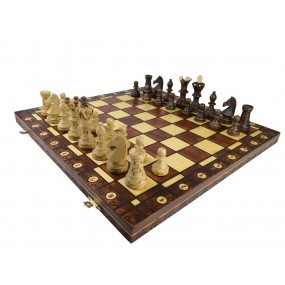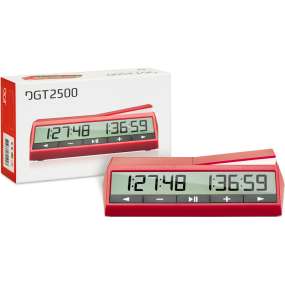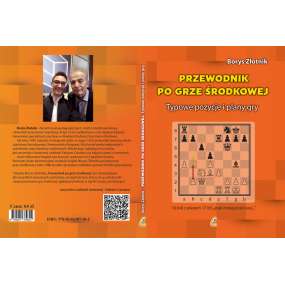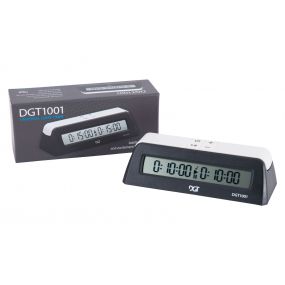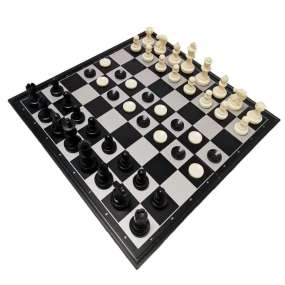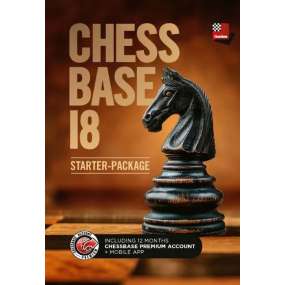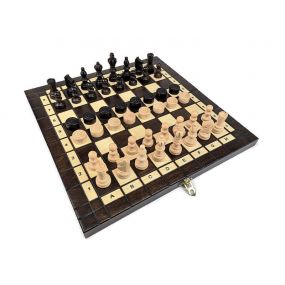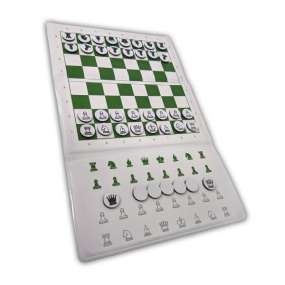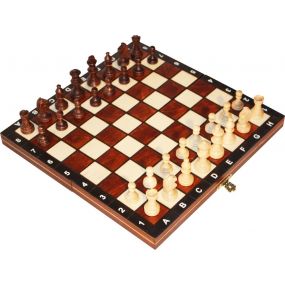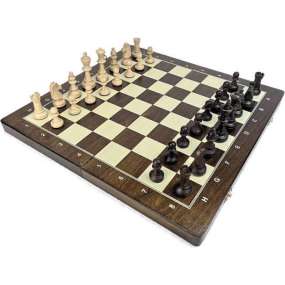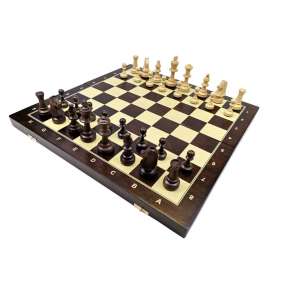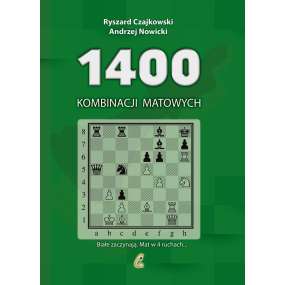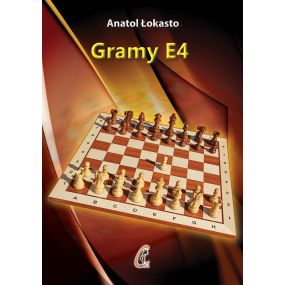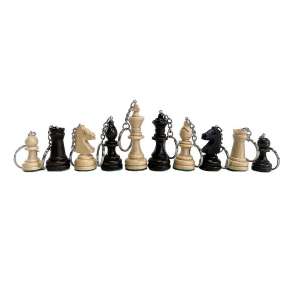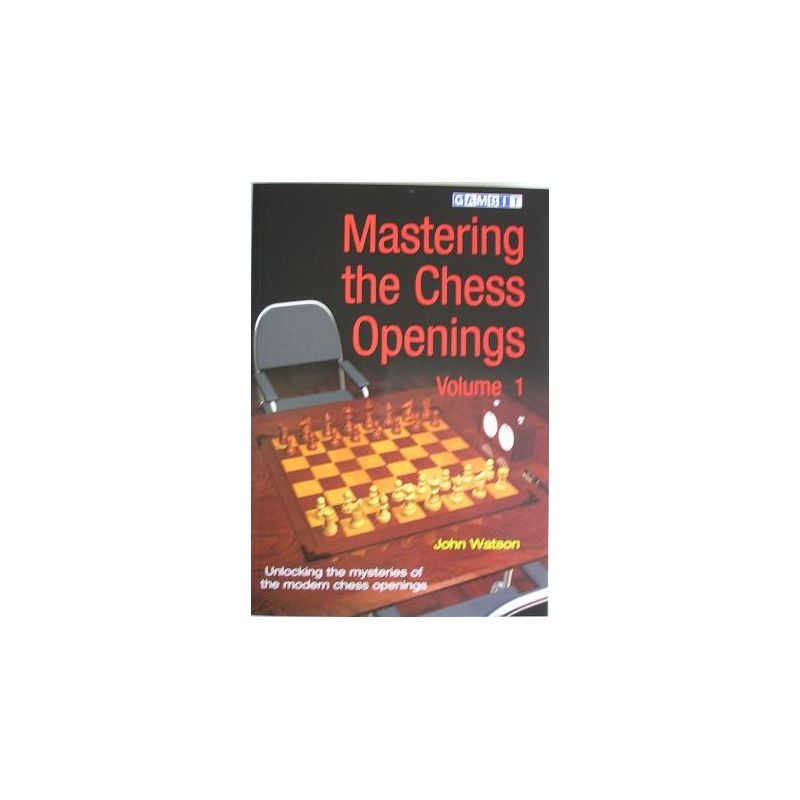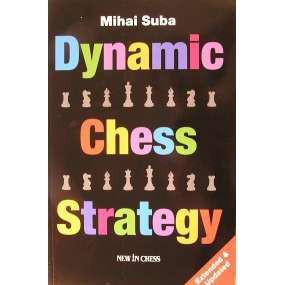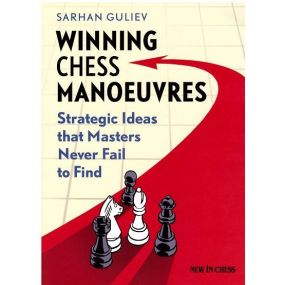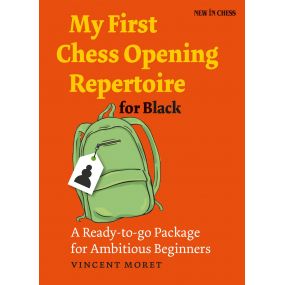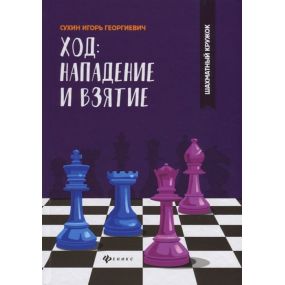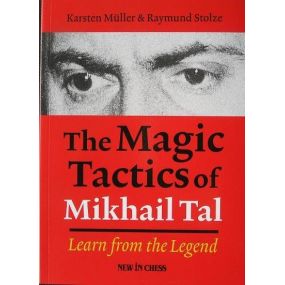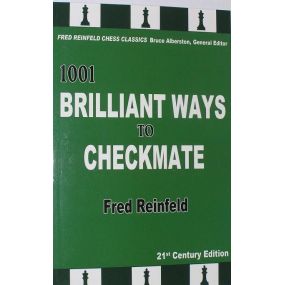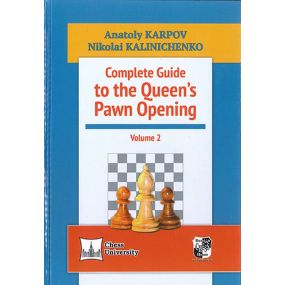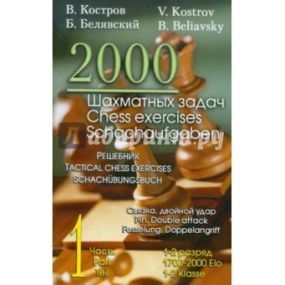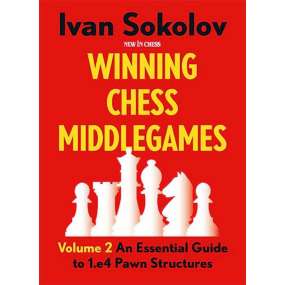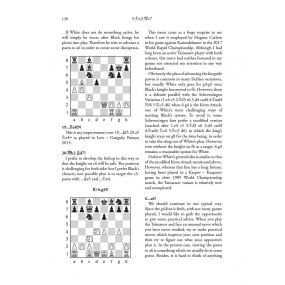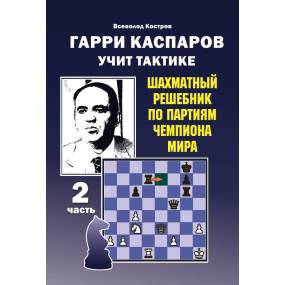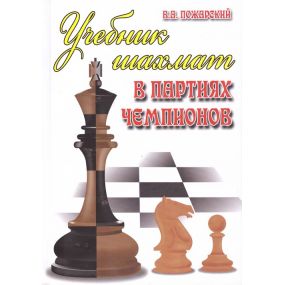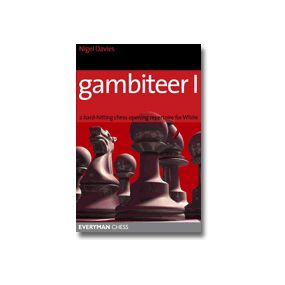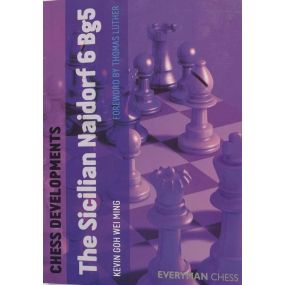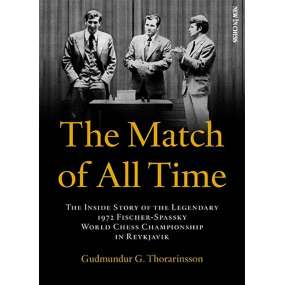-
BEZPIECZNE PŁATNOŚCI
Szybka wysyłka
Wiele promocji
new arrival
-
0 Review(s)zł88.00 Regular price zł99.00
-
Składany zestaw magnetyczny 2 w 1: SZACHY + WARCABY 35 cm (S-233)
0 Review(s)zł65.45 Regular price zł77.00
-
Zagraj jak mistrz świata w szachach! - Jerzy Konikowski (K-6175)
0 Review(s)zł45.00 Regular price zł55.00
-
1400 kombinacji matowych - Ryszard Czajkowski, Andrzej Nowicki (K-6254)
0 Review(s)zł54.00 Regular price zł59.00
-
Teoria i praktyka końcówek szachowych. Część 1 - gm A. Panczenko (K-1/1)
0 Review(s)zł39.00 Regular price zł49.90

Gwarancja zwrotu pieniędzy

Bezpieczne i szybkie dostawy

Bezpieczeństwo transakcji dzięki certyfikatowi SSL
2006 r.wyd., 335 str., miękka oprawa,duży format ( 25 x 17 cm), jezyk angielski + symbole
For many chess-players, opening study is sheer hard work. It is difficult to know what is important and what is not, and when specific knowledge is vital, or when a more general understanding is sufficient. Tragically often, once the opening is over, a player won't know what plan to follow, or even understand why his pieces are on the squares on which they sit. John Watson seeks to help chess-players achieve a more holistic and insightful view of the openings. In his previous books on chess strategy, Secrets of Modern Chess Strategy and Chess Strategy in Action, he explained vital concepts that had previously been the domain only of top-class players. Moreover, he did so in ways that have enabled them to enter the general chess consciousness of club players. Here he does likewise for the openings, explaining how flexible thinking and notions such as 'rule-independence' can apply to the opening.
Oficjalna cena europejska 31,10 euro. U nas kupisz o 10% taniej!
Specific References



